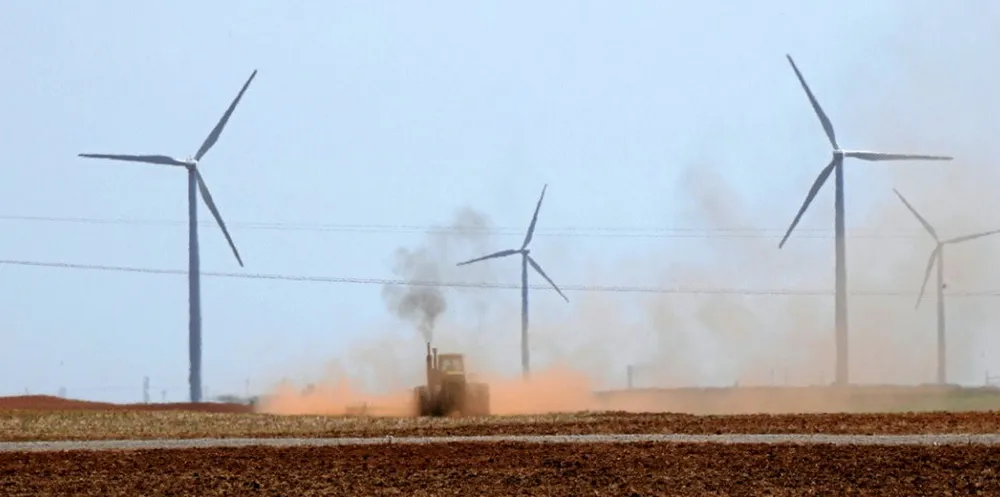Renewables charge ahead in US with near clean sweep of power plant build in first quarter: FERC
Wind and solar power dominate American utility-scale capacity additions accounting for 97% of 5.9GW new capacity, according to Federal Energy Regulator Commission
